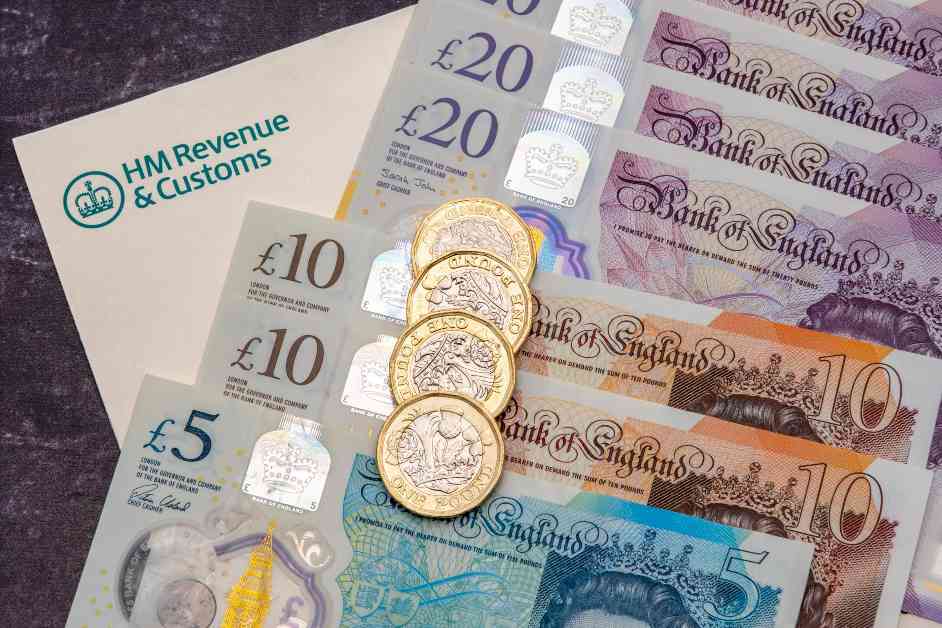Navigating the world of tax codes can be overwhelming for many working individuals. Your tax code plays a crucial role in determining how much of your salary goes towards income tax, and even the smallest mistake can result in either overpaying or underpaying, leading to unexpected tax bills down the line.
In essence, a tax code is used by employers or pension providers to calculate the amount of Income Tax to deduct from your pay or pension. The most common tax code is 1257L, which is based on the Personal Tax Allowance of £12,570 – this is the threshold before you start paying tax.
It is vital to ensure that your tax code is accurate to avoid paying more than necessary and potentially claim a refund. Conversely, if you are on a lower tax rate, you might owe money to HMRC.
According to workplace expert Sophie Rhone from Digital PR Lab, staying on top of your tax code and understanding its implications is crucial for effective financial management. By remaining proactive and well-informed, you can identify errors early, prevent unexpected bills, and ensure you are not overpaying.
So, how do you check your tax code? You can locate your tax code on your most recent payslip or on your P45 if you have recently left your job. Additionally, you can find it on gov.uk/tax-codes, but you must first register for a government gateway ID.
The letters in your tax code signify your situation and how it impacts your Personal Allowance. The GOV.UK website provides a comprehensive list of tax code letters and their meanings. Some common letters include:
– L: For an employee eligible for the standard tax-free Personal Allowance
– S: For an employee residing in Scotland
– BR/SBR: For a second job or pension
– M: For an employee whose spouse or civil partner has transferred part of their Personal Allowance
– N: For an employee who has transferred part of their Personal Allowance to their spouse or civil partner
– T: When HMRC needs to review specific details with the employee
If you believe your tax code is incorrect, you can reach out to HMRC at 0300 200 330 or chat with an advisor online using their live chat service. HMRC will rectify your tax code with your employer, and any overpaid tax will be refunded in your next payslip. Moreover, if you have been overpaying for an extended period, you can claim back up to four additional years.
By staying vigilant and understanding your tax code, you can effectively manage your finances, avoid unnecessary tax payments, and ensure you are in good standing with HMRC. Remember, a small mistake now can lead to significant financial implications later on.













